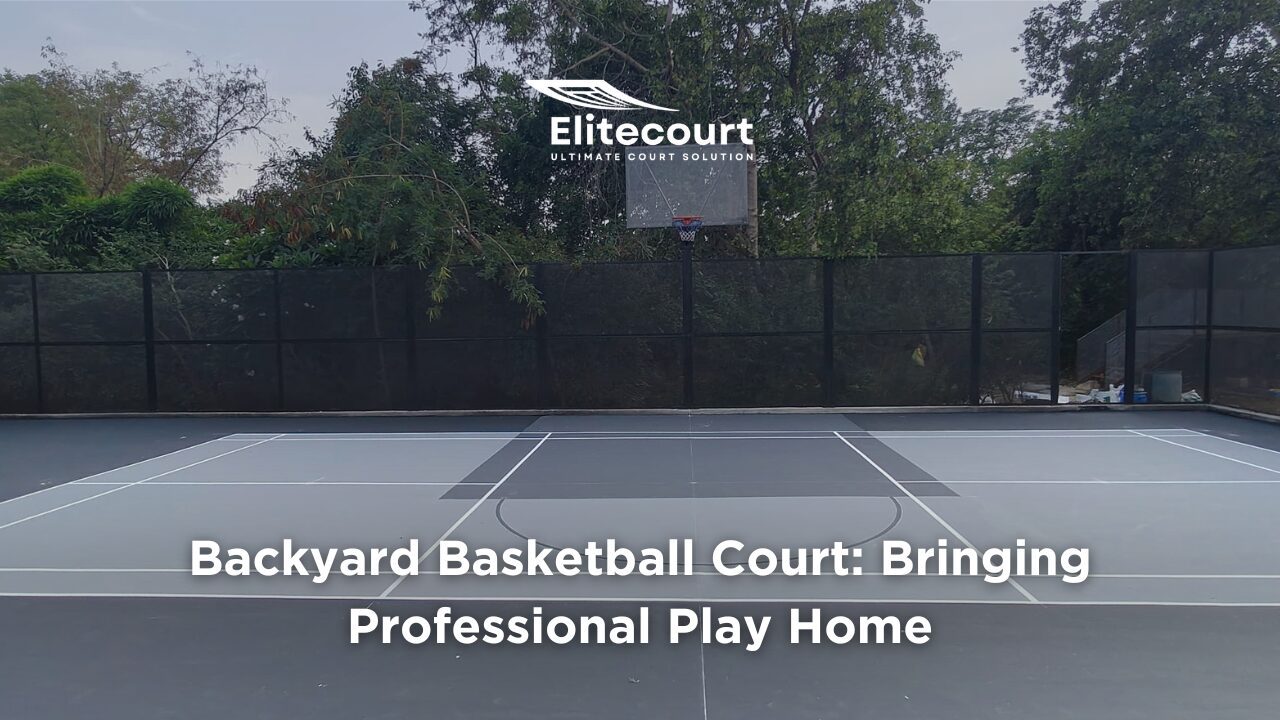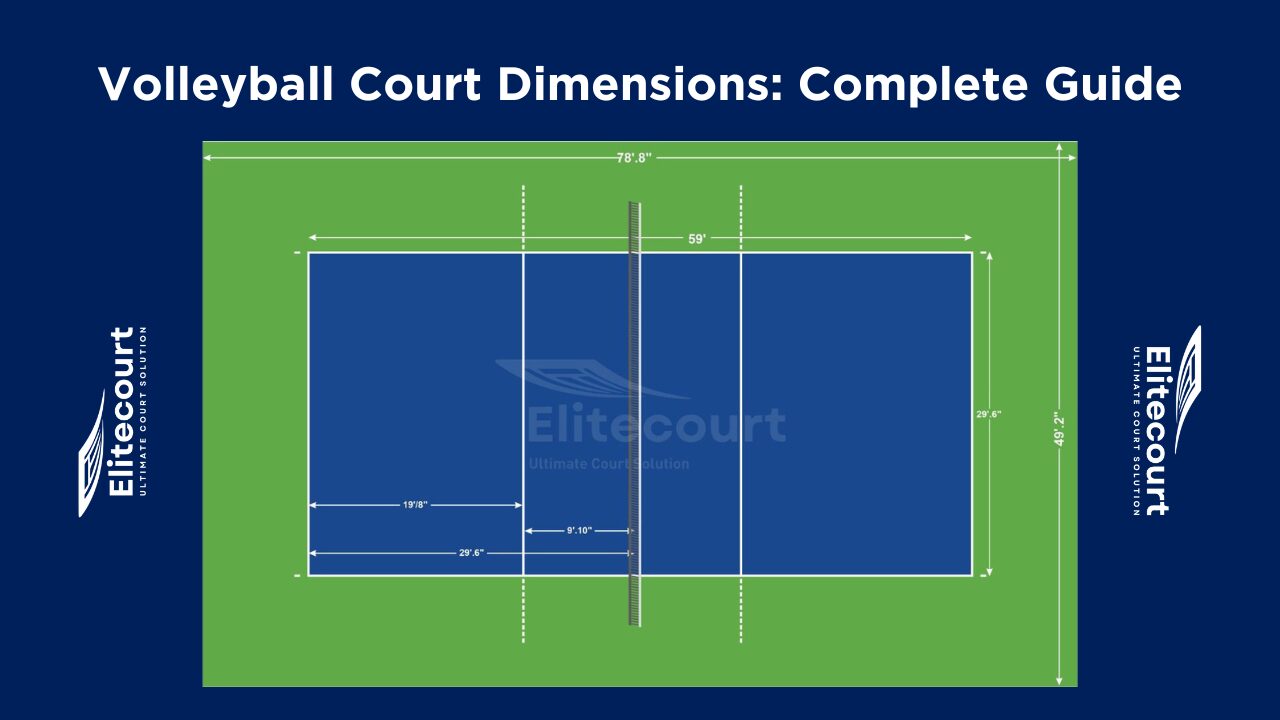What are the dimensions of a basketball court?
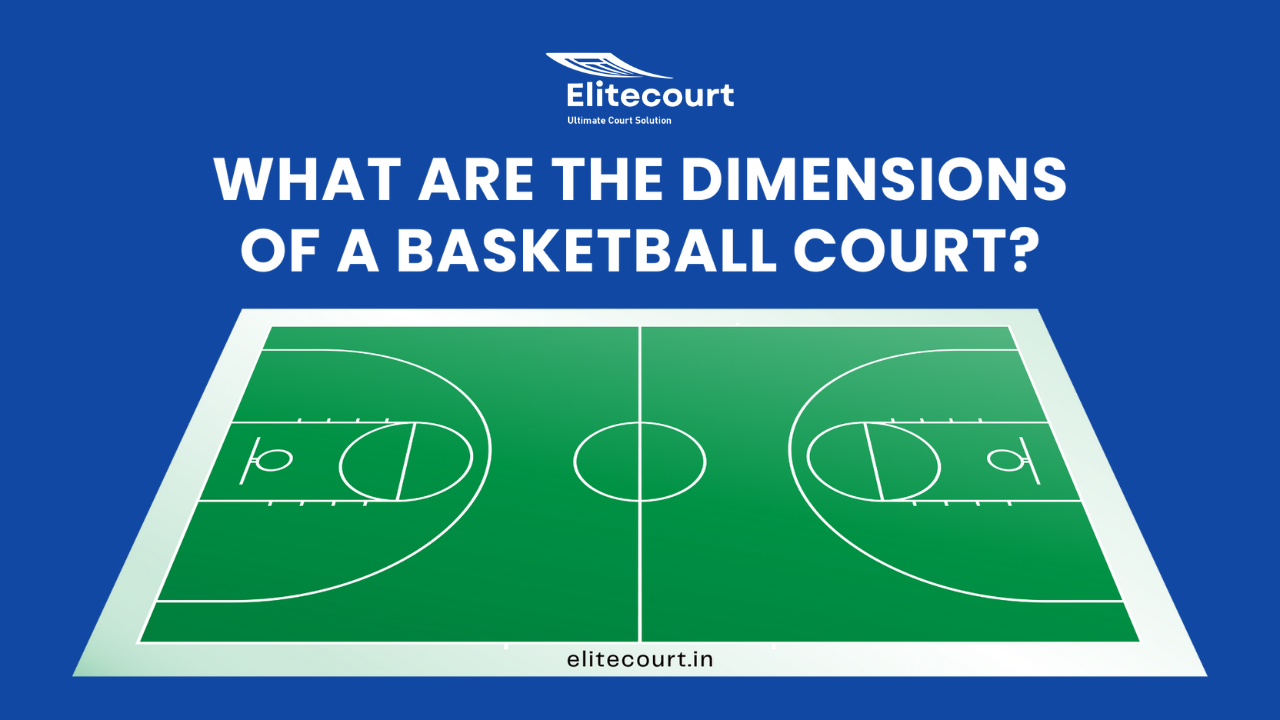
Table of Contents
Basketball, often hailed as a game requiring precision, skill, and athleticism, is intrinsically linked to the exact measurements of its court. The dimensions of a basketball court hold significant importance for players, coaches, and even architects and builders involved in the meticulous planning, construction, and maintenance of these sporting arenas.
Standard Basketball Court Measurements
Length and Width
A professional NBA basketball court measures 94 feet in length and 50 feet in width. These precise dimensions provide an expansive playing surface, offering ample space for players to maneuver, strategize, and execute their skills. While the NBA sets the standard, minor variations in court dimensions exist across different leagues and levels of competition, ensuring a unique playing experience.
Three-Point Line Distance
The three-point line is a pivotal aspect of basketball court dimensions, delineating the territory for long-range shooting. In the NBA, this line sits 23.75 feet from the basket’s center at the top of the arc and 22 feet at the corners. This line is an emblem of strategic play, challenging players to master the art of shooting from a distance, adding depth and excitement to the game.
Key or Free Throw Lane
The key, also known as the free-throw lane, measures 16 feet in width in the NBA, extending 19 feet from the baseline. This area holds immense significance during penalty situations, influencing player positioning during free throw attempts and contributing to scoring opportunities.
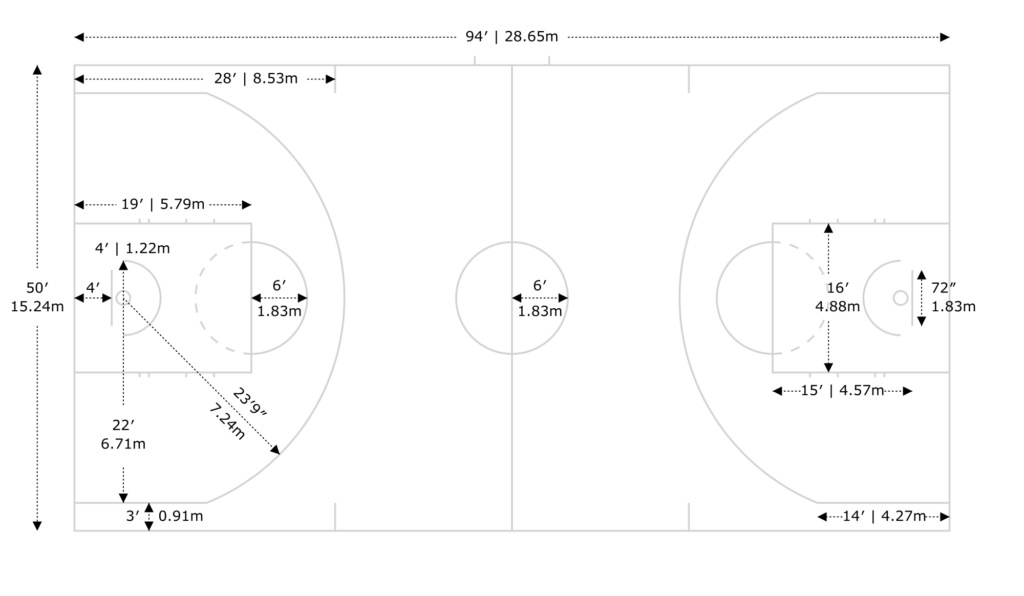
Basketball Court Components
Backboard
The backboard stands as a fundamental element of a basketball court, serving as a rectangular board placed behind the rim. Measuring 6 feet in width and 3.5 feet in height, the backboard plays a crucial role in rebounding and acts as a pivotal surface for players to aim their shots accurately.
Rim
The standard height of the rim remains fixed at 10 feet above the ground across all levels of basketball play. This consistent height serves as a challenge for players to develop their shooting accuracy, promoting skill development universally.
Painted Lines
The court’s painted lines, including the centerline, free-throw line, sidelines, and three-point line, serve as visual markers that demarcate various zones on the court. These lines assist players and officials in understanding court positioning, enforcing game rules, and determining boundaries during gameplay.
Transform Your Sports Facility Today!
Contact us for high-quality synthetic sports flooring material and elevate your space!
Variations in Basketball Court Dimensions
High School, College, and International Dimensions
While the NBA sets the gold standard for professional basketball court dimensions, variations exist in courts used for high school, college, and international competitions. High school courts may slightly vary in dimensions, while college courts generally adhere closely to the NBA’s measurements. International courts, governed by FIBA, generally align with the NBA’s standards but may have slight differences due to various regulations and preferences in different countries.
Importance of Accurate Basketball Court Dimensions
The precise dimensions of a basketball court play a pivotal role in maintaining fairness, uniformity, and consistency in the game. Consistent court measurements ensure players experience a similar gameplay environment across different venues, allowing them to adapt their skills seamlessly.
ITF Classification for Synthetic Acrylic Sports Flooring
Elitecourt, a reputable manufacturer, offers ITF classified synthetic acrylic sports flooring materials. This classification signifies the product’s adherence to stringent international standards, ensuring quality, durability, and high performance. For those interested in exploring Elitecourt’s basketball court flooring options, visit Elitecourt’s basketball court flooring for more details.
Elitecourt’s Contribution to Basketball Court Flooring
Specializing in crafting top-tier synthetic acrylic sports flooring specifically designed for basketball courts, Elitecourt’s materials ensure durability and enhanced performance. These materials are engineered to withstand the demands of competitive play, providing a durable surface that meets players’ expectations for consistency and reliability.
In the process of constructing or refurbishing a basketball court, the selection of appropriate flooring material holds paramount importance. Elitecourt’s products stand out for their reliability and durability, offering a resilient surface that endures the rigors of intense basketball matches while maintaining its quality over time.
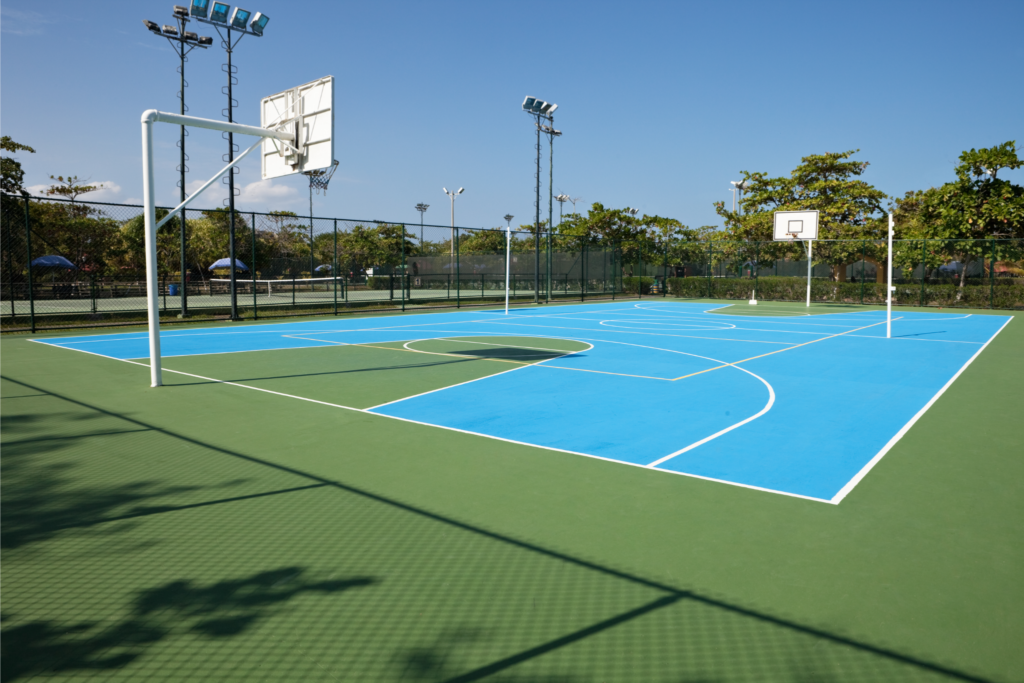
Maintaining a Basketball Court
Ensuring the longevity and safety of a basketball court necessitates regular maintenance. Consistent cleaning, inspections, and upkeep of the court surface are essential practices to preserve its quality, durability, and optimal performance.
Safety Considerations
A well-maintained court, coupled with the right flooring material, significantly reduces the risk of player injuries. A safe playing environment not only enhances the players’ overall experience but also minimizes the potential for accidents or mishaps during games or practice sessions.
Transform Your Sports Facility Today!
Contact us for high-quality synthetic sports flooring material and elevate your space!
Benefits of ITF Classified Synthetic Acrylic Sports Flooring
Elitecourt’s synthetic acrylic sports flooring boasts numerous advantages essential for basketball courts. Its superior grip and shock absorption properties alleviate the impact on players’ joints, ensuring a comfortable and secure playing surface. Furthermore, its resilience to diverse weather conditions makes it an ideal choice for both indoor and outdoor courts, providing consistent performance regardless of environmental factors.
FAQs
What is the standard size of an NBA basketball court?
The standard size of an NBA basketball court is 94 feet in length and 50 feet in width.
Are college basketball courts the same size as NBA courts?
Yes, college basketball courts generally have the same dimensions as NBA courts, measuring 94 feet in length and 50 feet in width.
Why is it crucial to maintain proper court dimensions?
Maintaining proper court dimensions ensures fairness, consistency, and adherence to regulations, fostering equal opportunities for all teams.
What advantages does Elitecourt’s synthetic acrylic flooring offer?
Elitecourt’s synthetic acrylic flooring provides superior grip, shock absorption, weather resistance, and durability, enhancing player performance and court longevity.
How does ITF classification benefit basketball court flooring?
ITF classification ensures that the flooring material meets international standards for quality, assuring reliability and adherence to stringent performance criteria. For those interested in exploring Elitecourt’s basketball court flooring options, visit Elitecourt’s basketball court flooring for more details.
Conclusion
Understanding the dimensions of a basketball court is fundamental for players, constructors, and enthusiasts. Elitecourt’s commitment to providing ITF classified synthetic acrylic sports flooring material ensures access to high-quality, reliable materials for constructing basketball courts that meet international standards of excellence.

